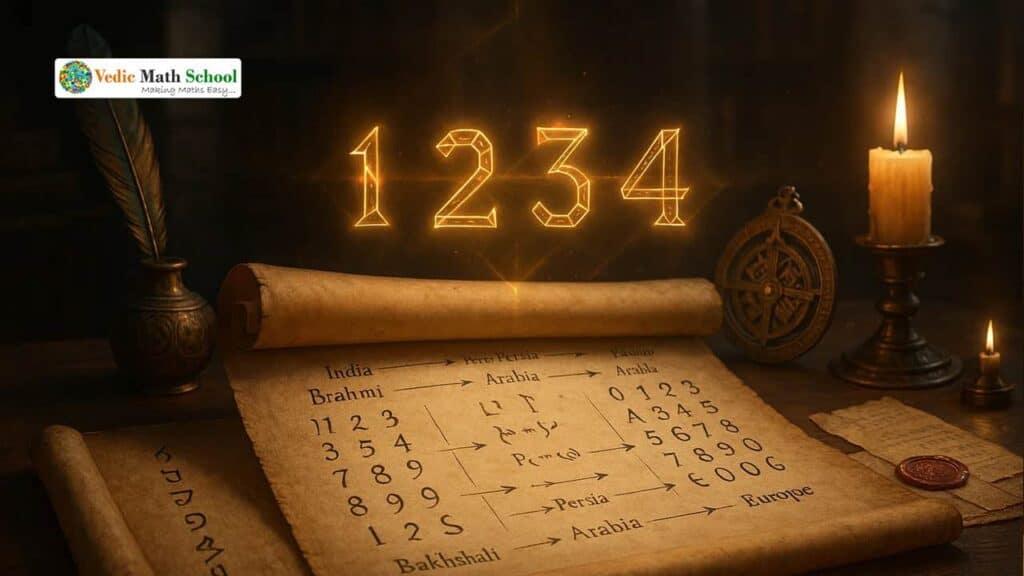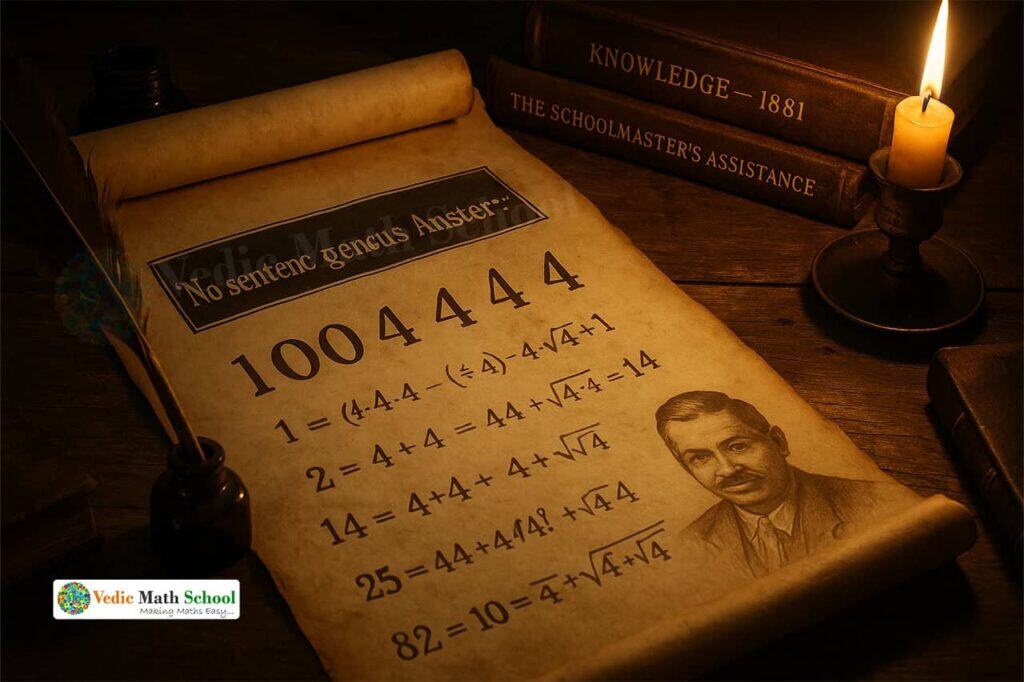Have you ever wondered how one, two, three, four are written like 1, 2, 3, 4 ?? The numbers we write are made up with the number system of the algorithm (1, 2, 3, 4, etc) and these are called the Arabic Numbers Algorithm so that they could be distinguished from the Roman numbers (I, II, III, IV, etc).
Today we are going to describe a short story about the topic of the Arabic Numbers algorithm and how all the numbers make angles. Now, you all must be thinking, is that even possible? Yes, it is! Here each figure contains its numbers of angles or corners which I’m talking about. For example, the first one contains one angle, the third contains three angles, the fifth figure contains five angles, and so on.
Look at the pictures given below and you will automatically understand what I’m talking about.

Now all of this goes back to the time when Arabs popularized these Arabic numbers algorithms as to how the numbers formed angles. This origin of the Arabs goes back to the time of Phoenician where all the merchants of Phoenicia used them to either count or do their commercial countability through these algorithms.
Here’s a Little Twist for you All
what is it? Well, you have to keep reading on for that. According to the above theory, the figures of the numbers were derived from a representation where for each numerical it contains the same number of angles.
Read more: Interesting Mathematical Days which are Celebrated Worldwide.
It is an interesting theory and it would have been more interesting if it was true but here’s the twist as this theory isn’t true.
Now look at the numbers or the figures and just by a look at them, we can easily see several problems.
Here are a couple of examples:
Let’s have a look at 7 of Arabic numbers. This crossed seven is an invention done recently to remunerate the fact of that in cursive roman letters. It was difficult to identify ones from sevens so to clarify the mark has been added. The stroke at the foot is funnier as there is no tradition to write 7 in this way and is just used for decoration.
The curlicue in 9 in arabic number is more of a case because that type of curly figure is and is only done in the documents of calligraphy. As the curly figure in 9 has never been part of that number.
Even the long slant stroke of 1 has never been part of the number 1 so that is also added to just assume it as 1 and one angles in that.
Read more: Seventeen Facts about 17.
It’s not even necessary to see figures like this to make any of this make any sense as it doesn’t. I’m saying this because after researching I got to know about the history of Arabic numerical representation. And thought of writing about the same in this article I know how the Arabic numbers looked.

The image below shows how the Arabic numbers looked. It is around from the second century BC known as the (Bakhshali numerals).
Interesting Mathematical story : The child from Tamil Nadu with his curious questions at the age of 10
This basic Arabic numbers representation wasn’t invented by Arabs; it originally was notated by the Hindu scholars of India. Derived from Sanskrit the alphabets are called the Brahmi numerals and the Brahmi numerals are called the early true Arabic numerals. The notation went towards the west side and Persians adopted this and then was spread in the Arabs and they changed the style by the calligraphic representation which was known as the Bakhshali numerals.
Interesting Mathematical story : The most exceptional number that is divisible all the digits from 1 to 10
In the end, this was all about the history of Arabic numbers its myth, and the truth about the history as it crossed the path of different cultures and all the changes that happened in so many centuries.
This was all about the history of Arabic numbers and algorithm angles and their counting. I hope it got more clear for all of you. Do let us know your thoughts on this! Thank you.



Can you recommend a sacred geometry tutorial behingdancient Arabic numbers ?
sorry, my cat moved my hand- Can you recommend a tutorial demonstrating sacred geometry with the Arabic numbers?
We have a beautiful Article on this, A Complete Journey about mathematics but its Paid. I am not able to make it public right but sure in the future.